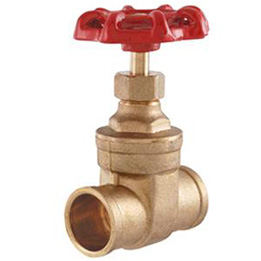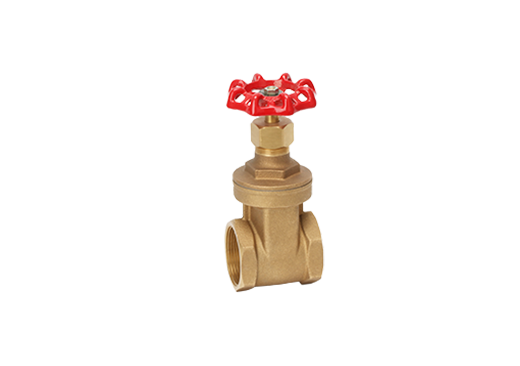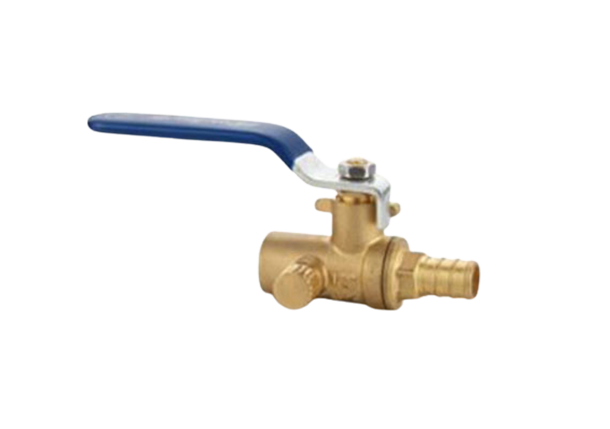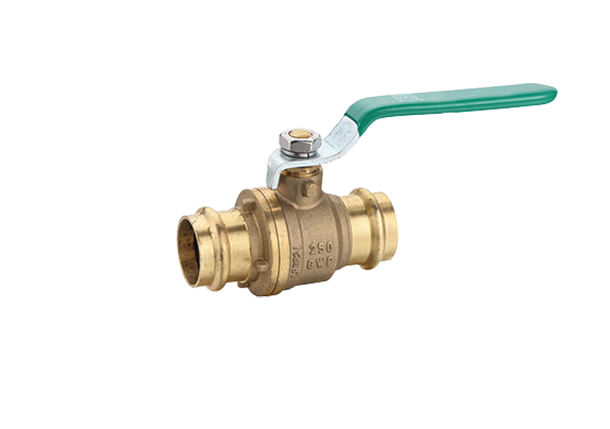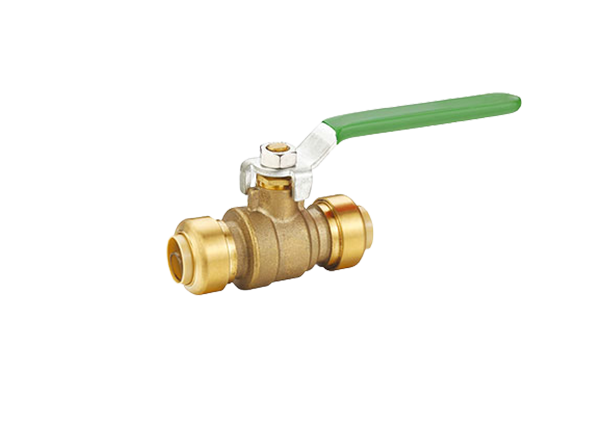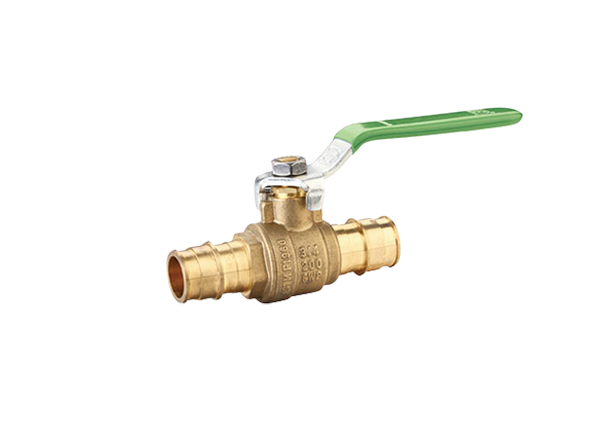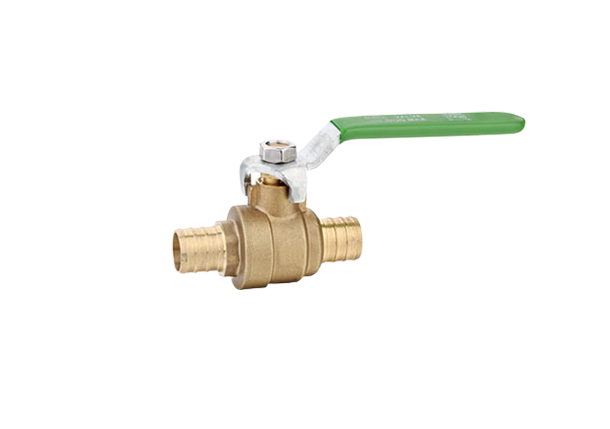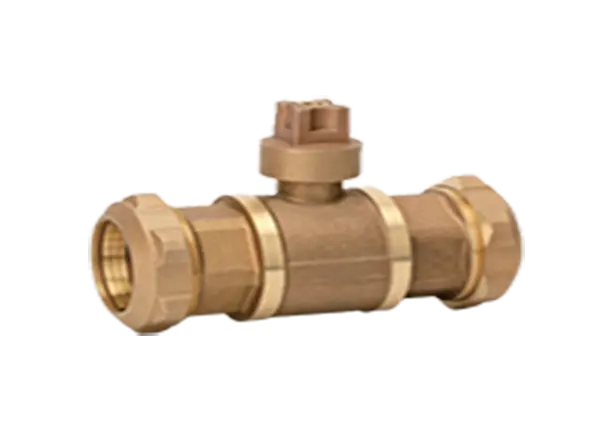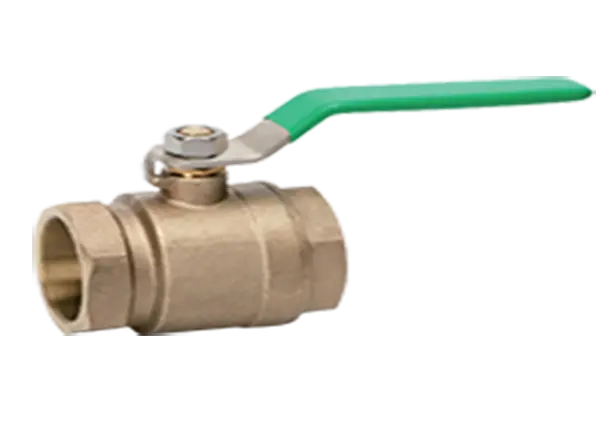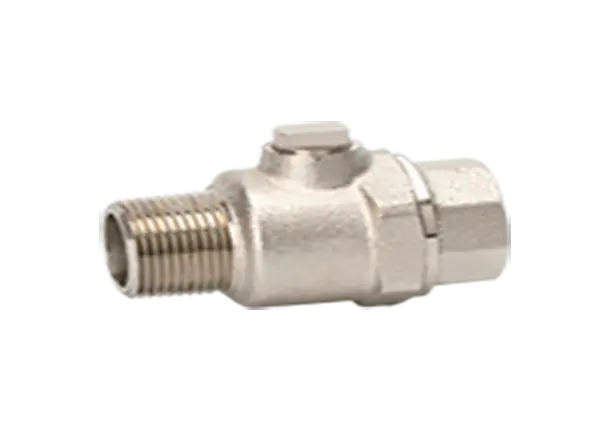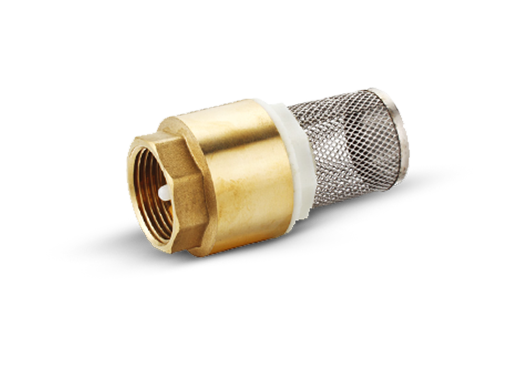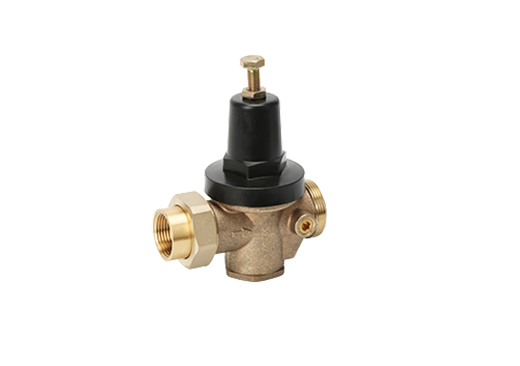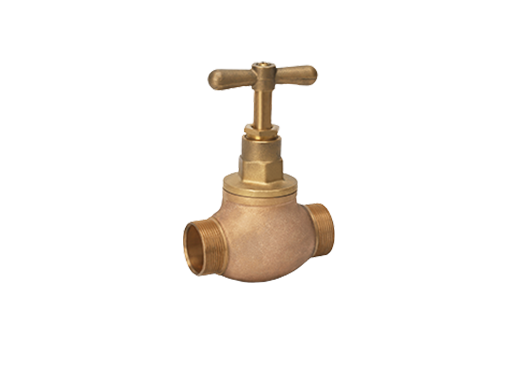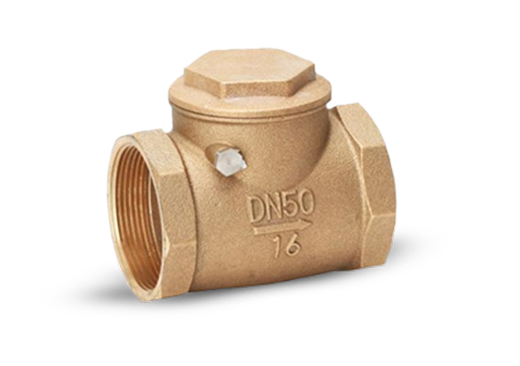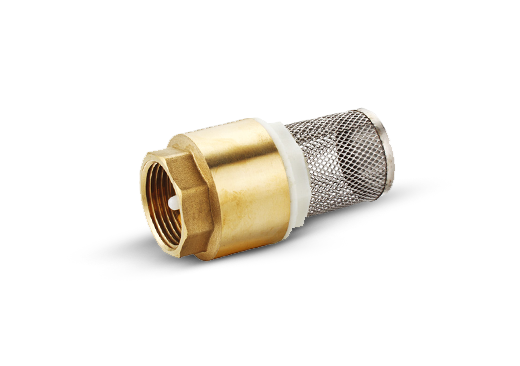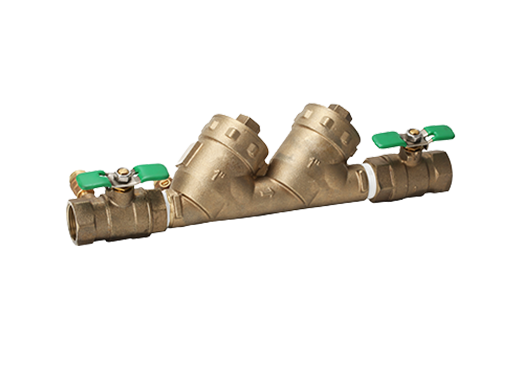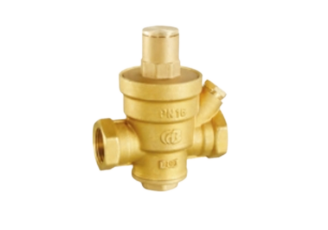Backwater Valve Installation: Your Complete Guide
Backwater valves play a crucial role in preventing sewage backup into your home or building. This guide covers everything you need to know about installing a backwater valve, from choosing the right one to navigating the installation process.
Choosing the Right Backwater Valve:
Type: Select between gravity-flow or pump-assisted valves based on your system's needs.
Size: Match the valve size to your main drain line for optimal flow and performance.
Material: Choose a material compatible with your local climate and drainage system (e.g., PVC, ABS).
Location: Decide on the installation point, typically downstream of the lowest fixture at risk of backflow.
Installation Steps:
Preparation:
Obtain necessary permits and consult local regulations.
Gather tools (saw, wrenches, solvent cement, safety glasses, gloves).
Choose a readily accessible location with adequate space for work.
Cut Drain Line:
Cut the drain line below the chosen location, ensuring a clean and square cut.
Deburr the cut ends to remove any sharp edges.
Connect the Valve:
Apply solvent cement according to manufacturer instructions (follow safety precautions).
Connect the valve body to the upstream and downstream sections of the pipe.
Tighten the clamps securely.
Install Access Sleeve (Optional):
Some valves require an access sleeve for future inspection or maintenance.
Follow the manufacturer's instructions for proper installation.
Test and Inspect:
Open and close the valve manually to ensure smooth operation.
Check for leaks at all connections and around the valve body.
Contact a qualified plumber if you encounter any issues.
Tips:
Hire a Licensed Plumber: Consider professional installation for complex systems or if you lack DIY experience.
Follow Local Codes and Regulations: Ensure your installation adheres to all relevant plumbing codes and regulations.
Maintain Your Valve: Regularly inspect and test the valve as per manufacturer's recommendations.
Clear Debris: Keep the area around the valve clear of debris to prevent clogging.
Resources:
National Association of Home Builders (NAHB): https://www.nahb.org/advocacy/top-priorities/workforce-development/careers-in-the-construction-trades/plumbing
International Association of Plumbing and Mechanical Officials (IAPMO): https://www.iapmo.org/
International Code Council (ICC): https://www.iccsafe.org/
Different Carbo Valves For Sale

